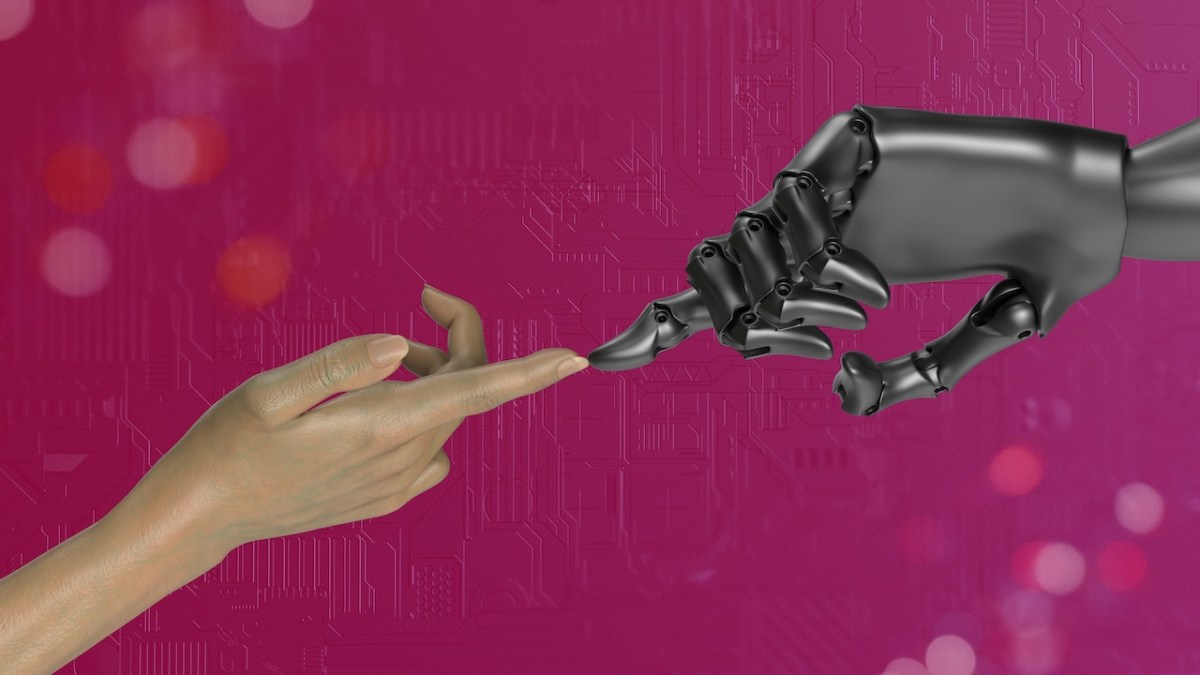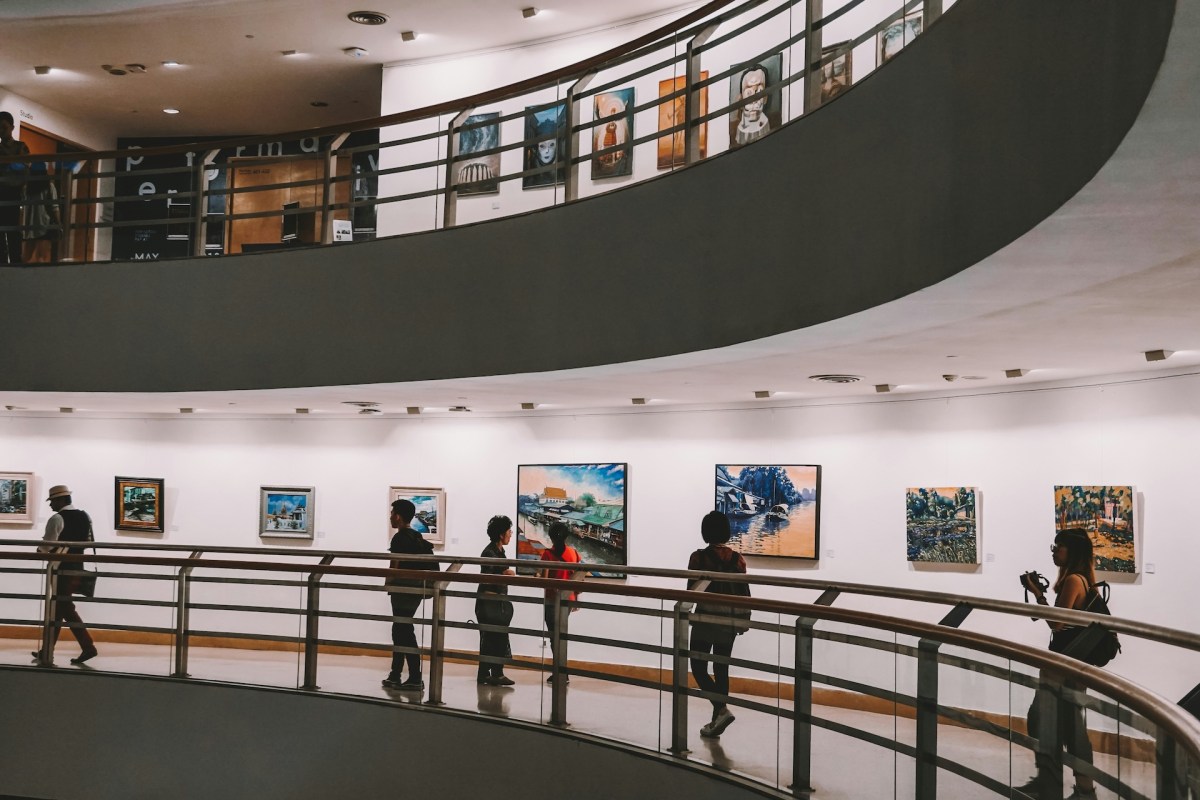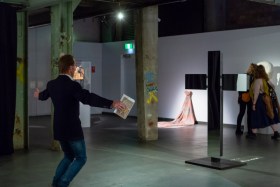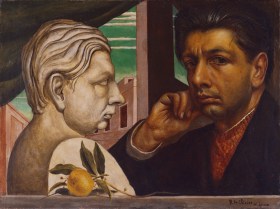Artificial intelligence: quick links
The rollout of artificial intelligence (AI) will not be a polite, structured, or even a thoroughly understood campaign. It will be a blitzkrieg – a swift, decisive, and overwhelming roll-right-over-our-economy-and-society offensive. Across large Australian institutions – particularly the banks and other major multinational players with the resources to fully grasp the AI revolution – the expectation is that, within the initial steam roller phase, sales productivity will only marginally increase.
For many years, large and mid-sized Australian businesses have relied on Customer Relationship Management (CRM) systems such as Salesforce to manage customer data, sales pipelines, marketing campaigns, service requests, and analytics – all within a single cloud-based platform.
My galleries have been driving Salesforce for years. The current reality is that these CRM platforms are effective – slightly clunky, but efficient. In the short term, as today’s CRMs are replaced, I can see AI tools increasing sales productivity within the first phase of rollout by only single digits – perhaps 5%.
Artificial intelligence: modest gains
In truth, early sales gains across all manner of businesses will be modest. The new AI technology that will inevitably replace CRMs such as Salesforce will need time – possibly up to two years – to complete building and polishing the yet-to-be-launched sales systems.
Time will then be needed to retrain colleagues and rebuild sales processes from the ground up. For the majority in the arts industry, where CRMs are not even in use, the AI blitz may at least prompt creative businesses to begin reviewing and streamlining their administration and outreach. One can only hope.
The first cost gains will not come from selling more – more art, more tickets, more subscriptions – but from employing fewer people. The fastest boardroom strategy to ‘prove’ AI’s commercial success will be headcount cuts – an immediate cost saving rolled out aggressively.
Artificial intelligence: employer costs
For my gentle reader – those amongst us who actually employ others – it could be argued that we have allowed the costs of employing people in this country to run out of hand. Reducing staff will save on salaries, superannuation contributions, payroll tax, workers compensation premiums, and Fringe Benefits Tax. It will also reduce the time and cost for bookkeepers and HR teams to process payroll and manage leave accruals.
The sheer brutality of this productivity thinking reminds me of the General Secretary of the Communist Party of the Soviet Union, Comrade Joseph Stalin, who coined the great management strategy: ‘When there’s a person, there’s a problem. When there’s no person, there’s no problem.’ Beautiful.
There are going to be fewer persons. The big banks (as I’ve told in confidence by someone familiar with the matter) are reportedly aiming for a 25% reduction in staff within two years – measured from their employment levels two years ago. From what I hear, this planned decoupling has already begun.
Artificial intelligence: retrenching staff
Large employers are retrenching staff now, in anticipation of what they believe AI will soon be able to do. Importantly, they are not cutting simply because artificial intelligence is here today, but because of what they expect it will deliver tomorrow.
At the same time, these major players are careful to avoid the optics of mass layoffs in a single year. No large, public-facing organisation wants to be seen letting go of thousands of employees in one dramatic sweep. Instead, the cuts are being staged – quietly, steadily, and already underway.

Rebranded as ‘strategic efficiency,’ headcount reduction will not just target underperforming teams but entire departments, often with cuts spread across multiple areas. This will not be accidental. Many companies will deliberately over-cut in the early phase of AI introduction.
Unfortunately, numerous experiments in human psychology have repeatedly shown that when faced with the choice of doing something the old way or the new way, people tend to stick with the old – unless both a carrot and a large stick are applied.
Artificial intelligence: carrot & stick
In the AI rollout, the small carrot will be that you still have a job. The big stick will be the reality that so few colleagues remain to share the workload that you must implement AI to perform the tasks expected of you – simply to keep your position.
It is the shock doctrine applied to corporate transformation: destabilise the old order, strip away resistance, and force rapid adoption of AI systems. In this climate, the sheer workload on those who remain – and to be frank, fear – will become management tools. Compliance will be driven not by enthusiasm, but by survival.
And specifically, what will this mean for an art gallery? Mmmm. Aside from a handful of major national and international galleries – such as mine – most within the Australian art market are micro creative businesses with one to three employees. The impact on employment in art galleries will be very different from that in banks.
That said, art gallery bookkeepers and financial administrators, be aware – very aware. The back-end processes of running any business, creative or otherwise, will be automated. That is taken as a given. What creative businesses will increasingly demand is not process, but wisdom.
I will expect more from my financial human resources than mere spat-out numbers. My accountants and bookkeepers will need to become consultant partners in growing my business, not just suppliers of financial tools.
Artificial Intelligence will not simply come riding into my business on its own. It will increasingly integrate with many other systems that already exist but have, until now, been working on their Pat Malone. From clients alighting from driverless vehicles at the curb to the handling of art deliveries, I can see a near future where facial recognition – overlaid with AI – identifies clients as they enter my gallery and instantly sends their details to mobiles, smartwatches, glasses, or whatever devices we’re using next.
This is no distant fantasy; facial recognition is already widely used in Australia – at every major sporting venue and concert, from airports to the Australian Open, and, on occasion, in retailers such as Bunnings, Kmart, and The Good Guys.
Once the art collector is identified in the gallery, they – like all of us – will be listened to. A Siri-like presence will overhear any and all art sale conversations. The AI assistant will register the sale, search the gallery database for the client’s details (or find them elsewhere), or simply ask me. It will then prepare the sale documentation and email the invoice directly to the client. …Look, Mum – no hands.
And this is just the start. The same system could instantly update stock lists, notify the artist, schedule the artist’s payment, trigger delivery logistics, and even flag marketing opportunities – transforming the traditional gallery back office into a silent, tireless co-worker that requires no salary, superannuation, payroll tax, workers’ compensation premiums, Fringe Benefits Tax, sick leave, or indeed any leave at all.
Artificial intelligence: galleries of the future
In time, such seamless integration will not only make galleries operationally frictionless but also reshape the art-buying experience itself – turning each visit into a highly personalised encounter where technology quietly amplifies the human connection between artist, dealer, and collector.
For smaller galleries, the impact of AI will be most keenly felt in the liberation from administrative burdens; for employees wearing many hats, it will mean less time spent on bookkeeping, finance, business administration, and stock management – and more time face-to-face with clients.
That said, I suspect most art galleries will be slow adopters; given the industry’s reluctance to embrace ‘buy now’ websites and e-commerce in general, it is unlikely they will sprint toward AI.
Again, dear gentle reader, if I may suggest: should you wish, as an employee, to be part of this new art world order, position yourself more front of house than back of house. Polish your emotional IQ and step confidently into a client-facing role – because, in the future, it will be the human touch that sets you apart.
If I may be so bold as to leave you with another prediction: for artists and the arts industry as a whole, I foresee a swing back to the tangible, authentic, and human-made in our lives – and that is good news.
However, let me be very clear: the AI revolution will not begin with innovation and joy. It will begin with a spreadsheet, a redundancy list, and a ‘strategic efficiency’ press release.
Discover more screen, games & arts news and reviews on ScreenHub and ArtsHub. Sign up for our free ArtsHub and ScreenHub newsletters.





